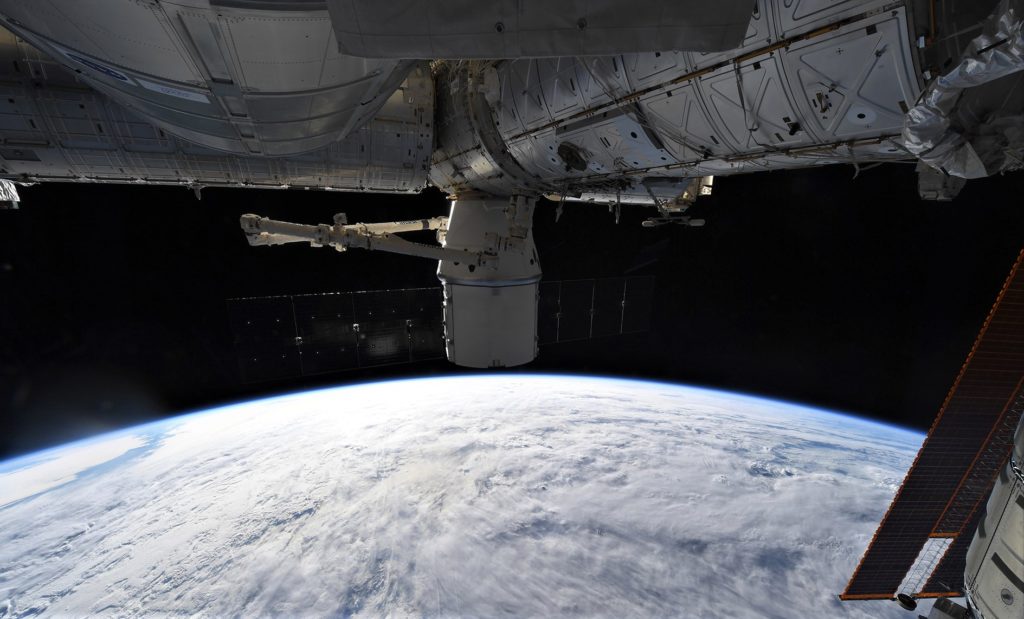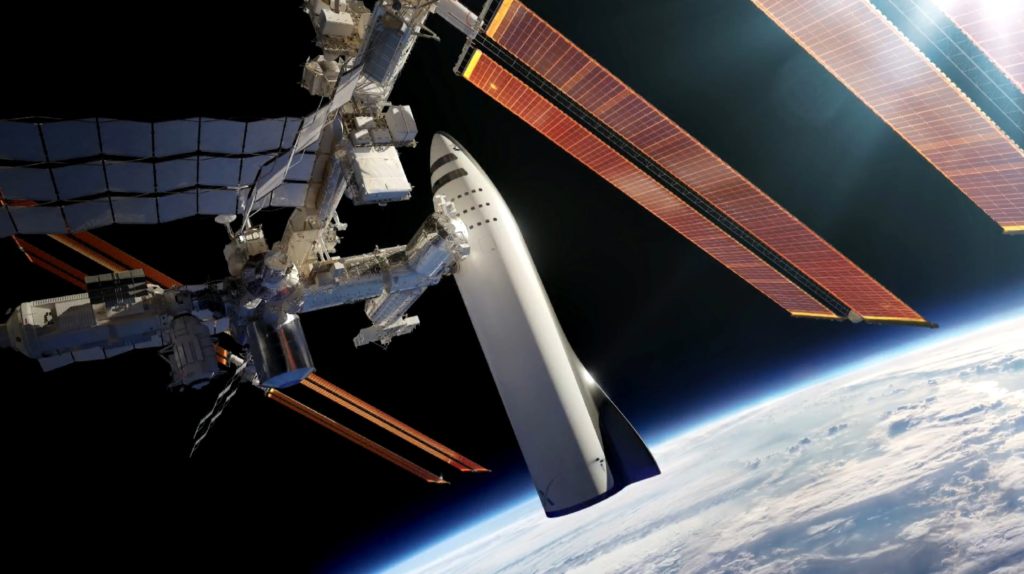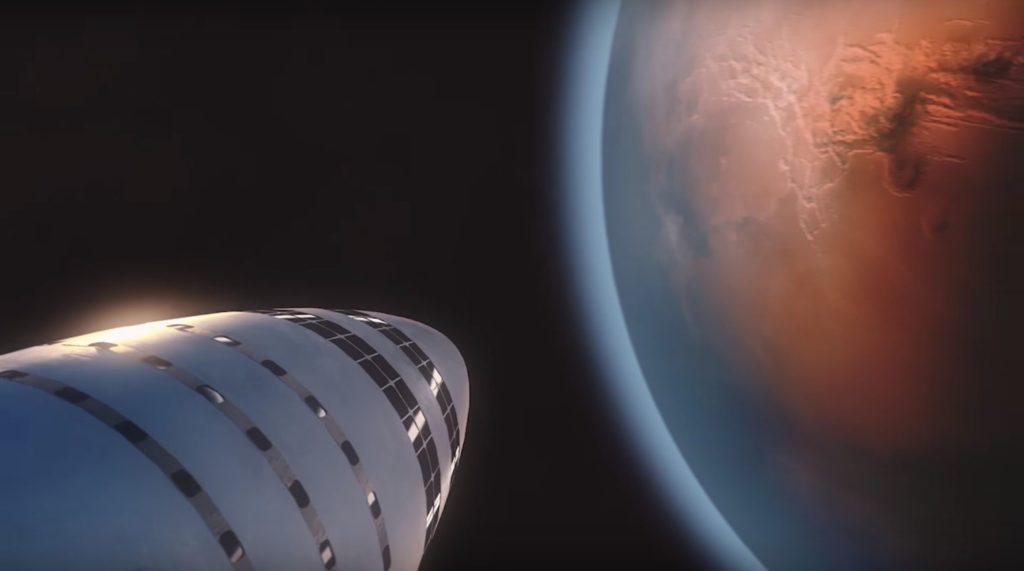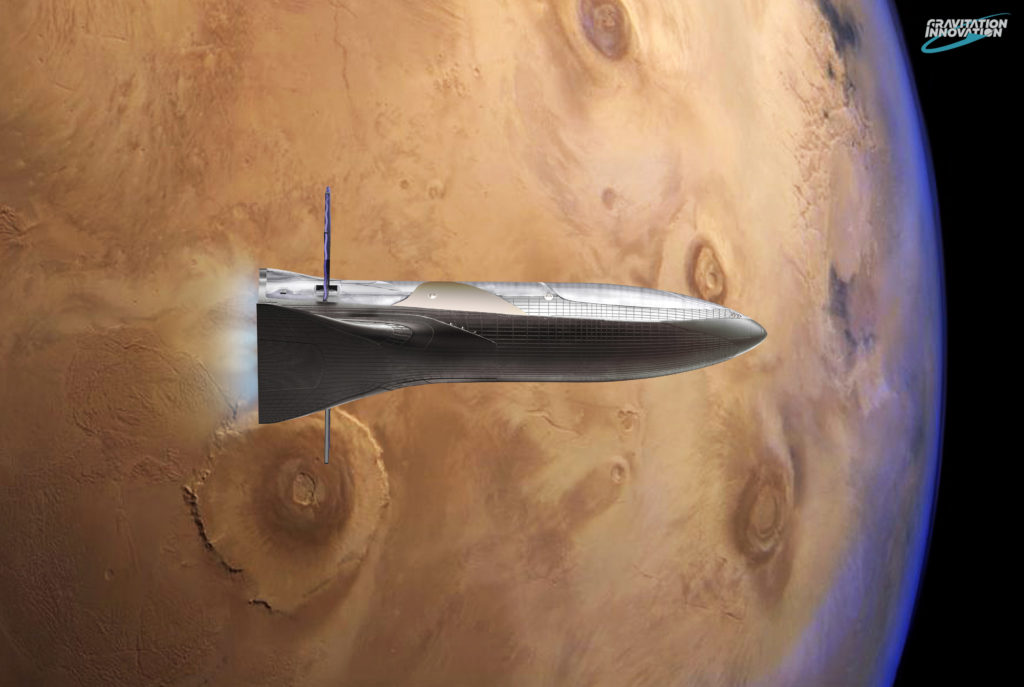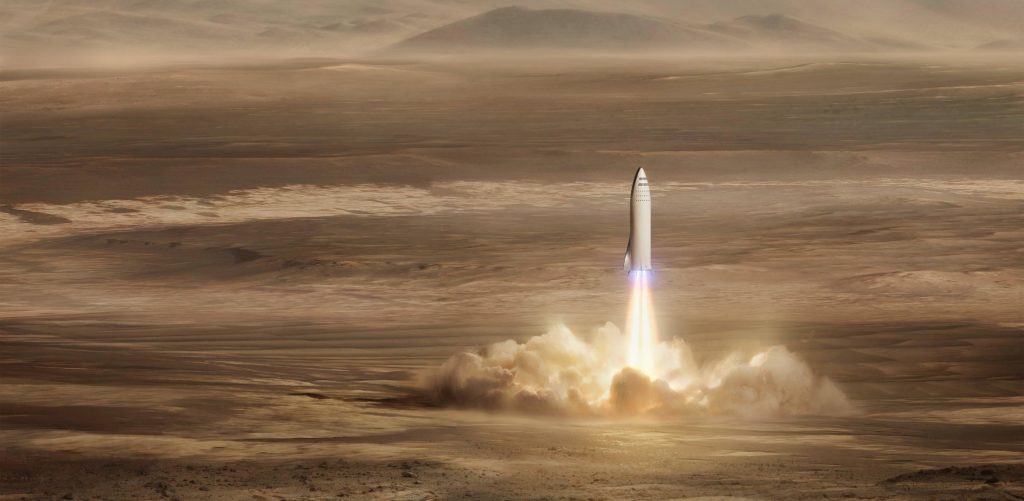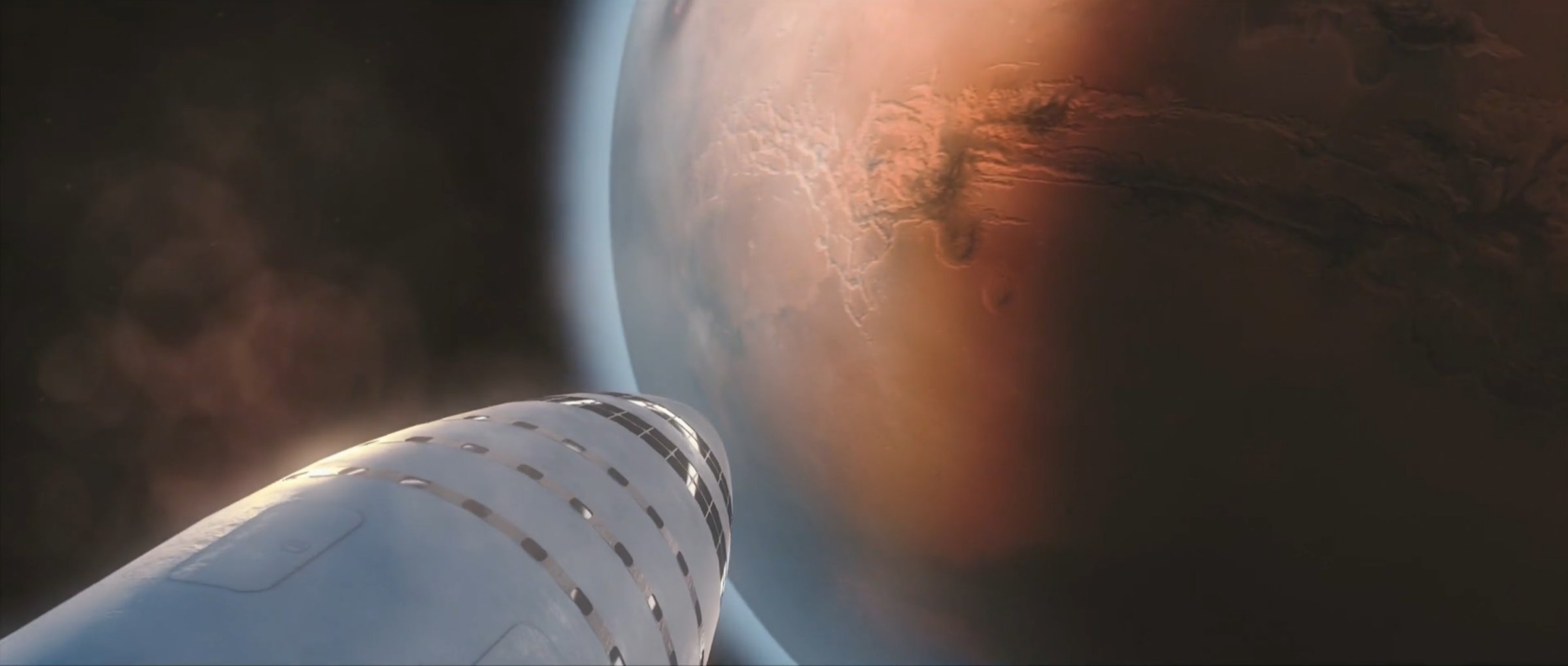
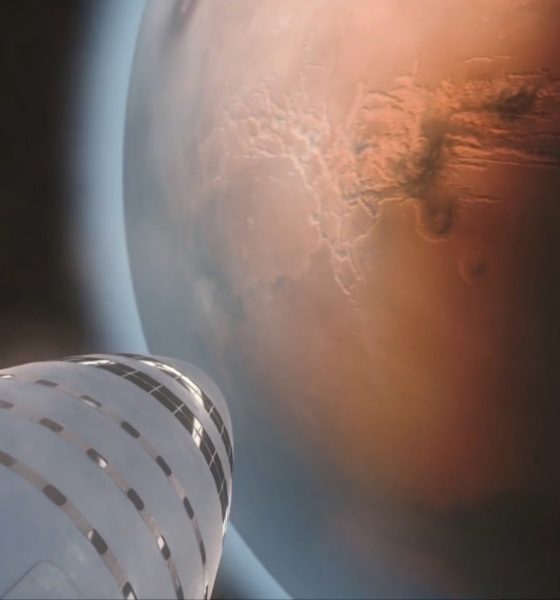
News
NASA and SpaceX probably can’t terraform Mars but that doesn’t matter
In recent weeks, a great deal of exaggerative noise has been spread wide about the supposed impossibility of making the planet Mars more Earth-like and hospitable, a concept known as terraforming. The reality is quite a bit different, especially within the context of any SpaceX or NASA-driven human outposts or colonization attempts.
Triggered by comparatively reasonable research just published by two experienced planetary scientists, much of the hyperbolic media coverage that followed failed to properly frame the true challenges of terraforming the Red Planet.
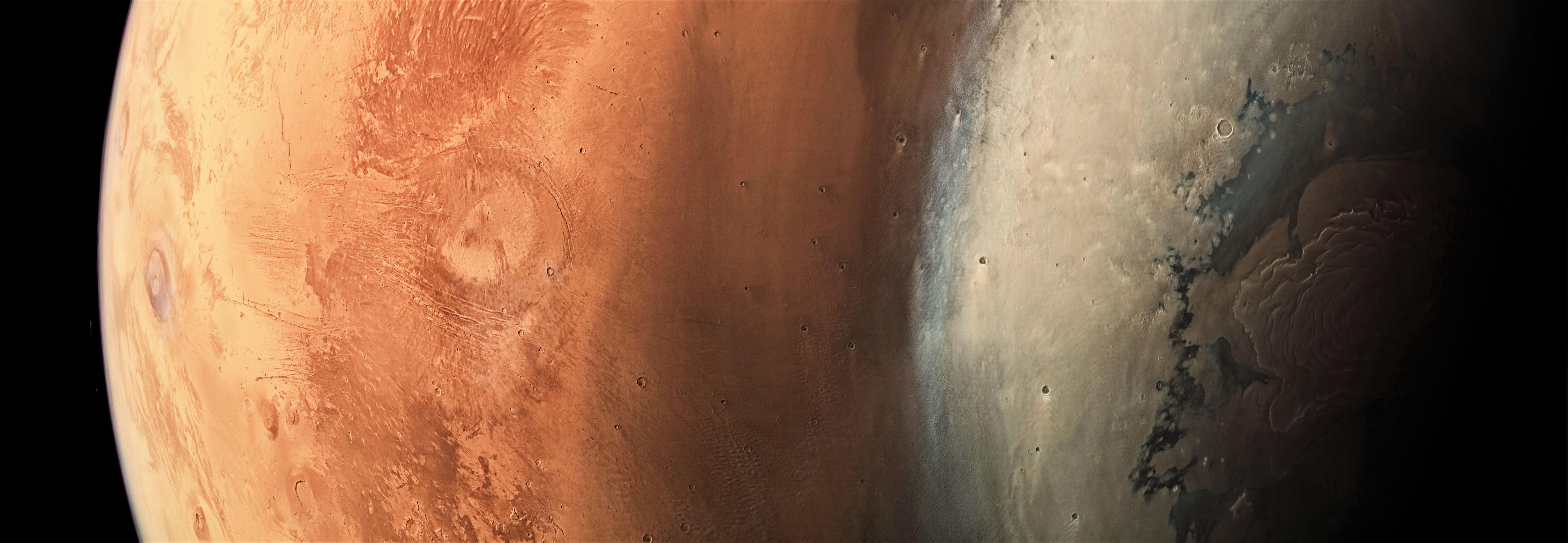
Keeping the cart behind the horse
Before anything else, it’s critical to take a step back from the idea of terraforming and consider the simpler facts of any human presence on Mars. First, the rationale for a permanent human presence on Mars is largely independent of the environmental conditions on the planet – it’s a huge help to have basic resources available in situ (on site), but the difficulty of surviving in a given non-Earth environment is immaterial to the human desire to both explore and survive.
Assuming we humans really do want to ensure that a subset of ourselves can independently survive any truly global catastrophe on Earth, be it natural or artificial, we will find a way to do so in even the harshest of environments. Living on Mars would be downright luxurious compared to life aboard the International Space Station, thanks largely to ~1/3rd Earth gravity, accessible natural resources to replenish consumables, an Earthlike day and night cycle, considerably more forgiving temperature extremes, and much more.
- The ISS orbits just a few hundred miles above the surface of the Earth and hosts an average of six crewmembers at any given moment. (NASA)
- The massive BFR spaceship docked to the International Space Station. (SpaceX)
Despite the inhospitable conditions, human presence aboard the ISS has been uninterrupted for nearly 20 years, even though the average stay per crewmember sits around six months. The ISS also has the luxury of a 90 minute day/night cycle, 100% unfiltered sunlight for peak solar panel efficiency, regular resupply missions from Earth, and an escape route in the event of a catastrophic failure. That escape method (Soyuz capsules docked to the station) has not once been used, aside from a handful of instances where crew boarded their escape vehicles as a cautionary measure during unusually risky space debris events, an absolute non-issue on Mars’ surface.
Put simply: if humans can live in orbit for long periods, they can also survive on Mars with at least the same level of difficulty.
Getting there is the hardest part
By taking natural resources available on Mars (namely water and carbon dioxide) and using them to repopulate the planet’s withered atmosphere, it has long been hoped that the Martian surface might be brought much closer to that of Earth, with a thicker atmosphere translating into familiar air pressure and a far warmer climate. In its current state, humans would always need to wear pressure suits and carry oxygen when traveling beyond their Martian habitats, as Mars’ 0.06 bar atmosphere would be approximately as forgiving as the naked vacuum of space and only moderately warmer.
https://twitter.com/_TheSeaning/status/1026194288886071296
Terraforming could potentially alleviate those significant points against the Red Planet, although updated research published this year (2018) appears to indicate otherwise. In reality, Jakosky and Edwards’ study simply emphasizes and adds on to what should already have been wildly apparent – making desolate planets Earthlike is almost invariably going to be an unfathomably difficult (but by no means impossible) challenge, and is most likely beyond the reach of present-day humanity.
- Effectively unreleased, an updated Mars colonization video shown in 2018 replaces 2016’s ITS with the newer BFR design. (SpaceX)
- Artist David Romax’s jaw-dropping rendition of a BFR burning to Mars orbit. The craft’s various curves and hull complexities will likely rely on cutting-edge composite joining tech to function. (Gravitation Innovation)
- A Crew BFS (Big F____ Spaceship) pictured landing on Mars. (SpaceX)
It also happens to be the case that terraforming as a concept is utterly irrelevant without the means to get to and – more importantly – transport respectable amounts of cargo to the bodies one hopes to one day transform. SpaceX’s BFR transportation system is one such acknowledgment of that problem – the issue with Mars colonization or really any basic human presence at all is not surviving after arrival, but instead actually getting there in the first place and doing so without taking decades or bankrupting entire nations.
Extremely affordable transport to, from, and between orbits happen to be the most unequivocal requirement for both a permanent human presence on other planets and have any hope at all of terraforming them, but it just so happens that the latter is 100% irrelevant and impossible without the former. Let’s seriously worry and argue about terraforming Mars once we can do so from the surface of the Red Planet and focus first on getting there.
For prompt updates, on-the-ground perspectives, and unique glimpses of SpaceX’s rocket recovery fleet (including fairing catcher Mr Steven) check out our brand new LaunchPad and LandingZone newsletters!

Elon Musk
Tesla’s Elon Musk gives timeframe for FSD’s release in UAE
Provided that Musk’s timeframe proves accurate, FSD would be able to start saturating the Middle East, starting with the UAE, next year.
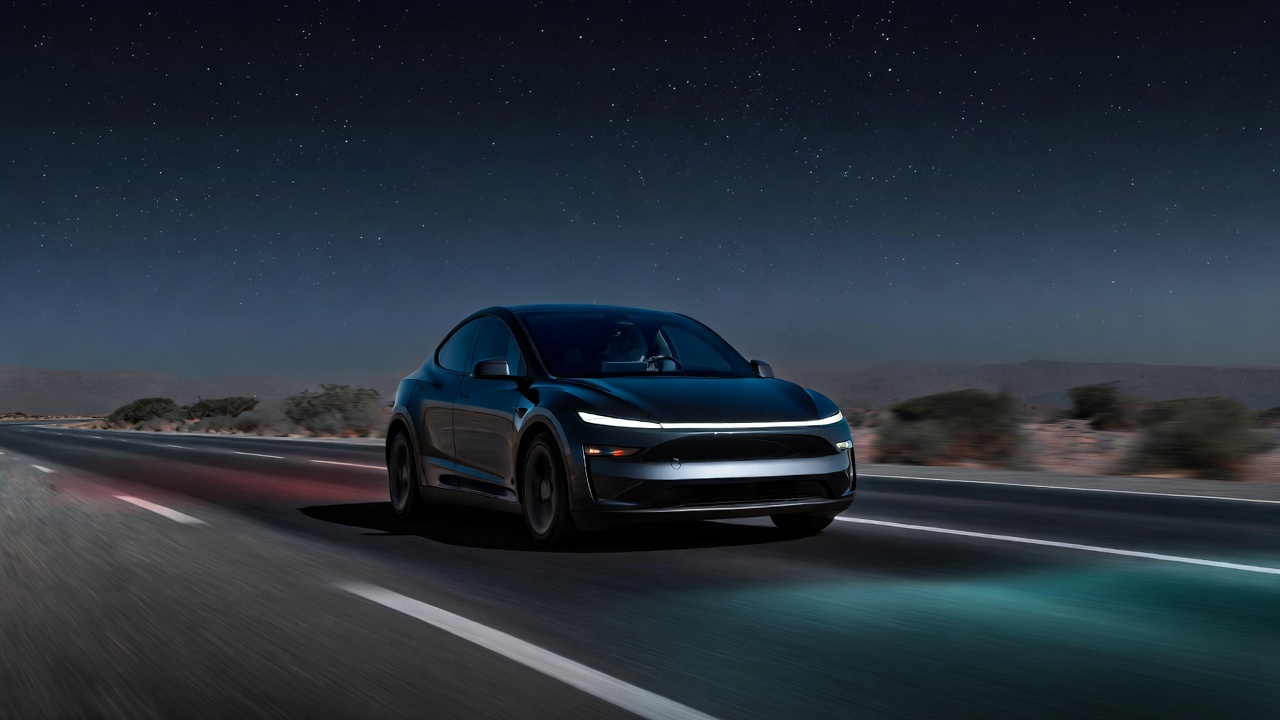
Tesla CEO Elon Musk stated on Monday that Full Self-Driving (Supervised) could launch in the United Arab Emirates (UAE) as soon as January 2026.
Provided that Musk’s timeframe proves accurate, FSD would be able to start saturating the Middle East, starting with the UAE, next year.
Musk’s estimate
In a post on X, UAE-based political analyst Ahmed Sharif Al Amiri asked Musk when FSD would arrive in the country, quoting an earlier post where the CEO encouraged users to try out FSD for themselves. Musk responded directly to the analyst’s inquiry.
“Hopefully, next month,” Musk wrote. The exchange attracted a lot of attention, with numerous X users sharing their excitement at the idea of FSD being brought to a new country. FSD (Supervised), after all, would likely allow hands-off highway driving, urban navigation, and parking under driver oversight in traffic-heavy cities such as Dubai and Abu Dhabi.
Musk’s comments about FSD’s arrival in the UAE were posted following his visit to the Middle Eastern country. Over the weekend, images were shared online of Musk meeting with UAE Defense Minister, Deputy Prime Minister, and Dubai Crown Prince HH Sheikh Hamdan bin Mohammed. Musk also posted a supportive message about the country, posting “UAE rocks!” on X.
FSD recognition
FSD has been getting quite a lot of support from foreign media outlets. FSD (Supervised) earned high marks from Germany’s largest car magazine, Auto Bild, during a test in Berlin’s challenging urban environment. The demonstration highlighted the system’s ability to handle dense traffic, construction sites, pedestrian crossings, and narrow streets with smooth, confident decision-making.
Journalist Robin Hornig was particularly struck by FSD’s superior perception and tireless attention, stating: “Tesla FSD Supervised sees more than I do. It doesn’t get distracted and never gets tired. I like to think I’m a good driver, but I can’t match this system’s all-around vision. It’s at its best when both work together: my experience and the Tesla’s constant attention.” Only one intervention was needed when the system misread a route, showcasing its maturity while relying on vision-only sensors and over-the-air learning.
News
Tesla quietly flexes FSD’s reliability amid Waymo blackout in San Francisco
“Tesla Robotaxis were unaffected by the SF power outage,” Musk wrote in his post.
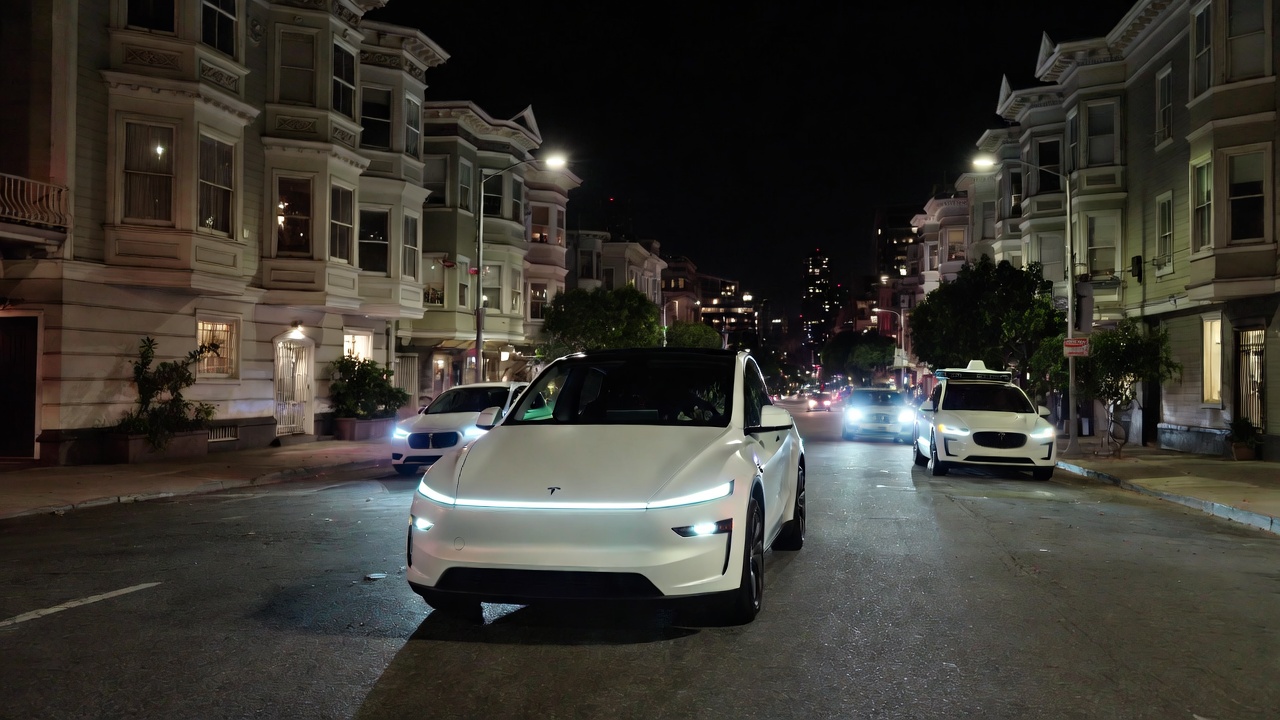
Tesla highlighted its Full Self-Driving (Supervised) system’s robustness this week by sharing dashcam footage of a vehicle in FSD navigating pitch-black San Francisco streets during the city’s widespread power outage.
While Waymo’s robotaxis stalled and caused traffic jams, Tesla’s vision-only approach kept operating seamlessly without remote intervention. Elon Musk amplified the clip, highlighting the contrast between the two systems.
Tesla FSD handles total darkness
The @Tesla_AI account posted a video from a Model Y operating on FSD during San Francisco’s blackout. As could be seen in the video, streetlights, traffic signals, and surrounding illumination were completely out, but the vehicle drove confidently and cautiously, just like a proficient human driver.
Musk reposted the clip, adding context to reports of Waymo vehicles struggling in the same conditions. “Tesla Robotaxis were unaffected by the SF power outage,” Musk wrote in his post.
Musk and the Tesla AI team’s posts highlight the idea that FSD operates a lot like any experienced human driver. Since the system does not rely on a variety of sensors and a complicated symphony of factors, vehicles could technically navigate challenging circumstances as they emerge. This definitely seemed to be the case in San Francisco.
Waymo’s blackout struggles
Waymo faced scrutiny after multiple self-driving Jaguar I-PACE taxis stopped functioning during the blackout, blocking lanes, causing traffic jams, and requiring manual retrieval. Videos shared during the power outage showed fleets of Waymo vehicles just stopping in the middle of the road, seemingly confused about what to do when the lights go out.
In a comment, Waymo stated that its vehicles treat nonfunctional signals as four-way stops, but “the sheer scale of the outage led to instances where vehicles remained stationary longer than usual to confirm the state of the affected intersections. This contributed to traffic friction during the height of the congestion.”
A company spokesperson also shared some thoughts about the incidents. “Yesterday’s power outage was a widespread event that caused gridlock across San Francisco, with non-functioning traffic signals and transit disruptions. While the failure of the utility infrastructure was significant, we are committed to ensuring our technology adjusts to traffic flow during such events,” the Waymo spokesperson stated, adding that it is “focused on rapidly integrating the lessons learned from this event, and are committed to earning and maintaining the trust of the communities we serve every day.”
News
Waymo scrutinized after self-driving taxis cause traffic jams during SF blackout
It’s not farfetched to speculate that it would have been a doomsday scenario for Tesla had FSD behaved this way.
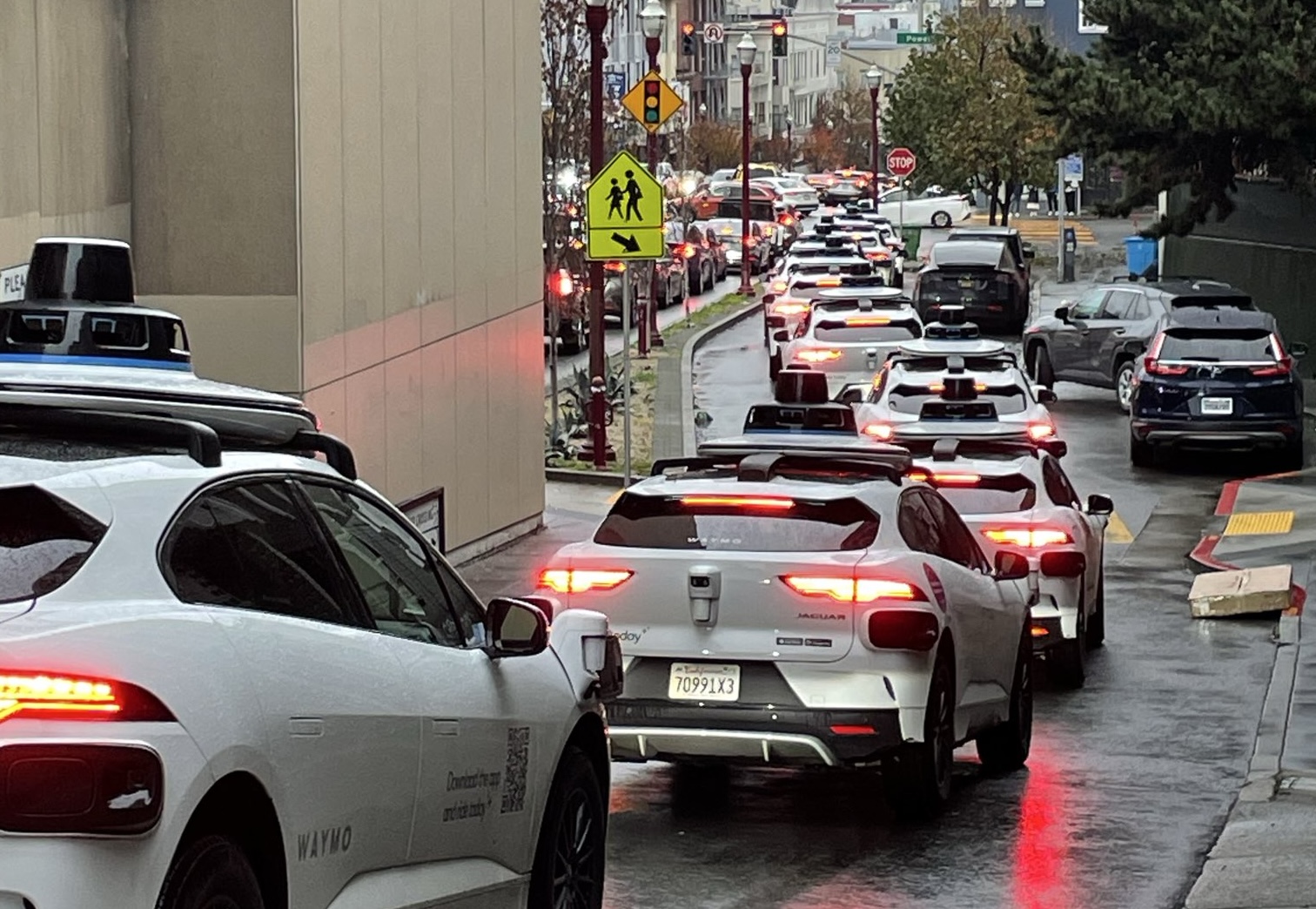
A power outage across San Francisco over the weekend forced numerous Waymo self-driving taxis to stop at darkened intersections and cause traffic blockages in multiple locations across the city. The disruption left riders stranded, frustrated drivers blocked, and city officials stepping in as the Alphabet-owned company temporarily suspended service amid the widespread gridlock.
Needless to say, it would likely have been a doomsday scenario for Tesla had FSD behaved in a similar way, especially if fleets of its robotaxis blocked traffic for numerous drivers.
Power outage halts Waymo fleet
The outage knocked out electricity for tens of thousands of customers, leaving traffic signals dark across large parts of the city, as noted in a report from the New York Times. Waymo vehicles began stopping at intersections and remained stationary for extended periods, seemingly unable to operate. Tow truck operators worked through the night removing immobilized vehicles, while videos circulated online showing Waymos with hazard lights flashing as traffic backed up around them.
Waymo later confirmed that it had paused its Bay Area ride-hailing service after the San Francisco mayor’s office contacted the company about the congestion its vehicles were contributing to. Service began coming back online shortly after 3:30 p.m. local time, though some users still reported being unable to request rides. Waymo maintained that no injuries or accidents were reported during the outage.
Autonomous cars during emergencies
The incident surprised industry observers since autonomous vehicles are designed to function during signal outages and temporary connectivity losses. Waymo stated that its vehicles treat nonfunctional signals as four-way stops, but “the sheer scale of the outage led to instances where vehicles remained stationary longer than usual to confirm the state of the affected intersections. This contributed to traffic friction during the height of the congestion.” Experts suggested the problem may have been linked to the vehicles’ reliance on remote assistance teams, which help resolve complex situations the cars cannot handle independently.
“Yesterday’s power outage was a widespread event that caused gridlock across San Francisco, with non-functioning traffic signals and transit disruptions. While the failure of the utility infrastructure was significant, we are committed to ensuring our technology adjusts to traffic flow during such events,” the Waymo spokesperson stated, adding that it is “focused on rapidly integrating the lessons learned from this event, and are committed to earning and maintaining the trust of the communities we serve every day.”
